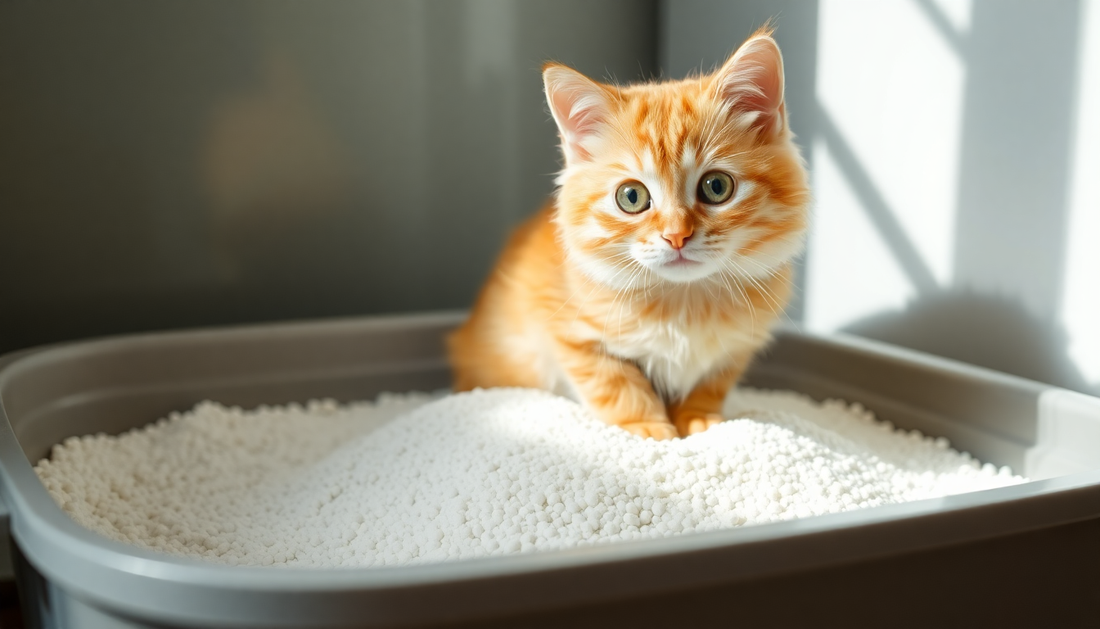As responsible pet owners, we all want to do our part in protecting the environment. However, one common practice that many people are unaware of can have serious consequences for our waterways and ecosystems - flushing cat litter down the toilet.
While it may seem like a convenient way to dispose of used litter, this action can lead to a host of problems that can have far-reaching effects. In this comprehensive blog post, we'll explore the reasons why flushing cat litter is a harmful practice and provide alternative solutions that are better for the environment.
The Impact of Flushed Cat Litter
When cat litter is flushed down the toilet, it doesn't simply disappear. Instead, it ends up in our sewage systems, where it can cause a variety of issues.
Clogged Pipes and Sewers
Cat litter, especially the clumping variety, can quickly accumulate and form blockages in pipes and sewer lines. These blockages can lead to costly plumbing repairs and even backups in your own home or in the municipal sewage system. Clearing these blockages can be a time-consuming and expensive process, and the damage they cause can be extensive.
Contamination of Waterways
Once cat litter makes its way through the sewage system, it often ends up in our rivers, lakes, and oceans. This can have a devastating impact on aquatic ecosystems. The clay-based materials in cat litter can cloud the water, reducing the amount of sunlight that reaches aquatic plants and disrupting the delicate balance of the ecosystem.
Additionally, cat feces may contain pathogens such as Toxoplasma gondii. When flushed down the toilet, these pathogens can enter the natural environment through the sewage system, potentially affecting aquatic life and spreading to humans or other animals. And many cat litters contain chemicals and additives that can be harmful to aquatic life. These substances can accumulate in the food chain, ultimately affecting the health and well-being of larger animals, including those that we consume.
Increased Strain on Wastewater Treatment Facilities
Wastewater treatment facilities are designed to handle a certain level of waste, but the influx of cat litter can overwhelm these systems. This can lead to inefficient treatment, allowing contaminants to be released into the environment without proper filtration.
The additional strain on these facilities can also result in higher operating costs, which are often passed on to the consumer through increased utility bills.
Responsible Disposal of Cat Litter
Given the significant environmental impact of flushing cat litter, it's crucial that we find alternative disposal methods that are more eco-friendly. Here are some recommended options:
Bagging and Landfilling
The most common and recommended method for disposing of used cat litter is to bag it and place it in the trash for landfill disposal. While landfills are not an ideal solution, they are a better option than flushing the litter down the toilet.
Composting
For those with a compost pile or bin, used cat litter can be added to the compost, provided it is made from natural, biodegradable materials. This helps to break down the litter and incorporate it into the soil, reducing the overall waste.
Incineration
Some waste management facilities offer the option to incinerate cat litter, which can be a suitable alternative to landfilling. Incineration reduces the volume of the waste and can be a more environmentally friendly disposal method, depending on the facility's emissions controls.
Choosing the Right Cat Litter
To further reduce the environmental impact of cat litter disposal, it's important to choose a litter that is made from eco-friendly materials. Look for litters that are biodegradable, such as those made from plant-based materials like corn, wheat, or wood.
Avoid cat litters that contain clumping agents, as these can be particularly problematic when flushed down the toilet. Additionally, steer clear of litters that contain chemical additives or fragrances, as these can be harmful to both the environment and your pet's health.
Conclusion
Flushing cat litter down the toilet may seem like a convenient way to dispose of it, but the environmental consequences can be severe. By understanding the impact of this practice and adopting more responsible disposal methods, we can all play a role in protecting our waterways and ecosystems.
Remember, small changes in our daily habits can have a significant impact on the environment. So, the next time you need to dispose of used cat litter, choose a method that is better for the planet and future generations.

